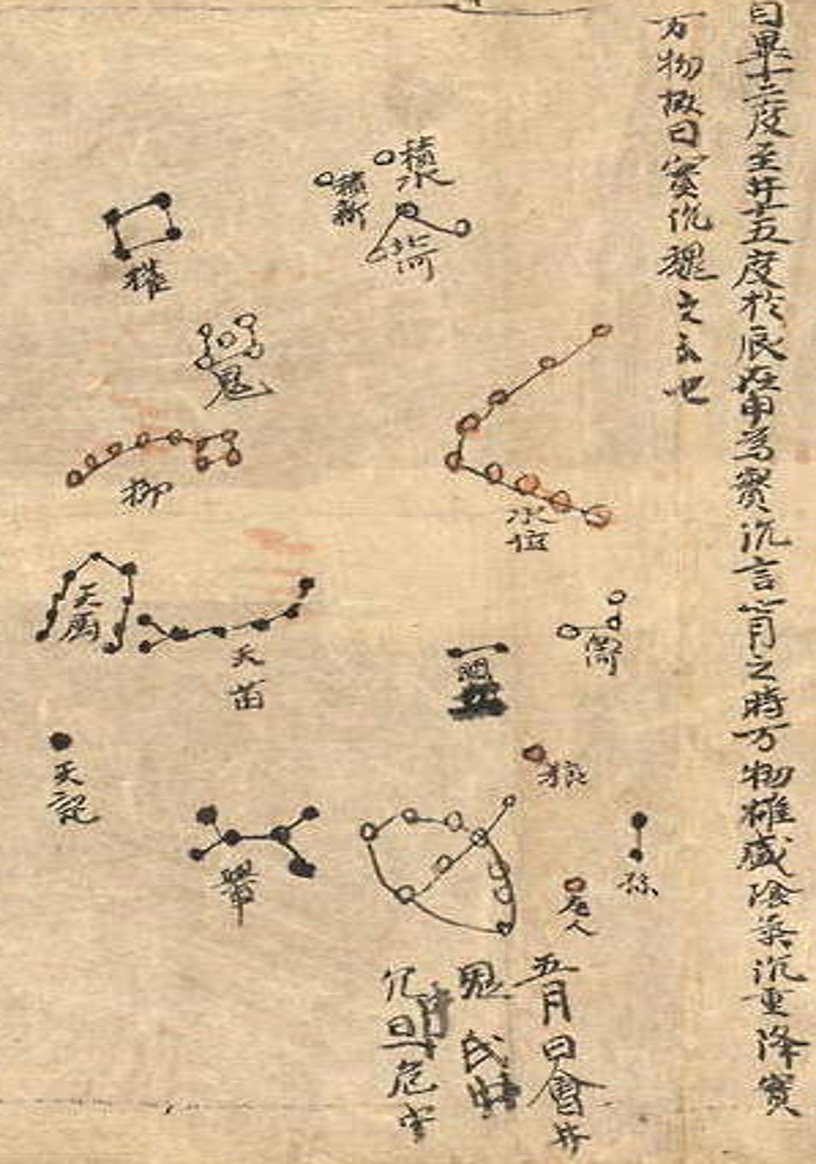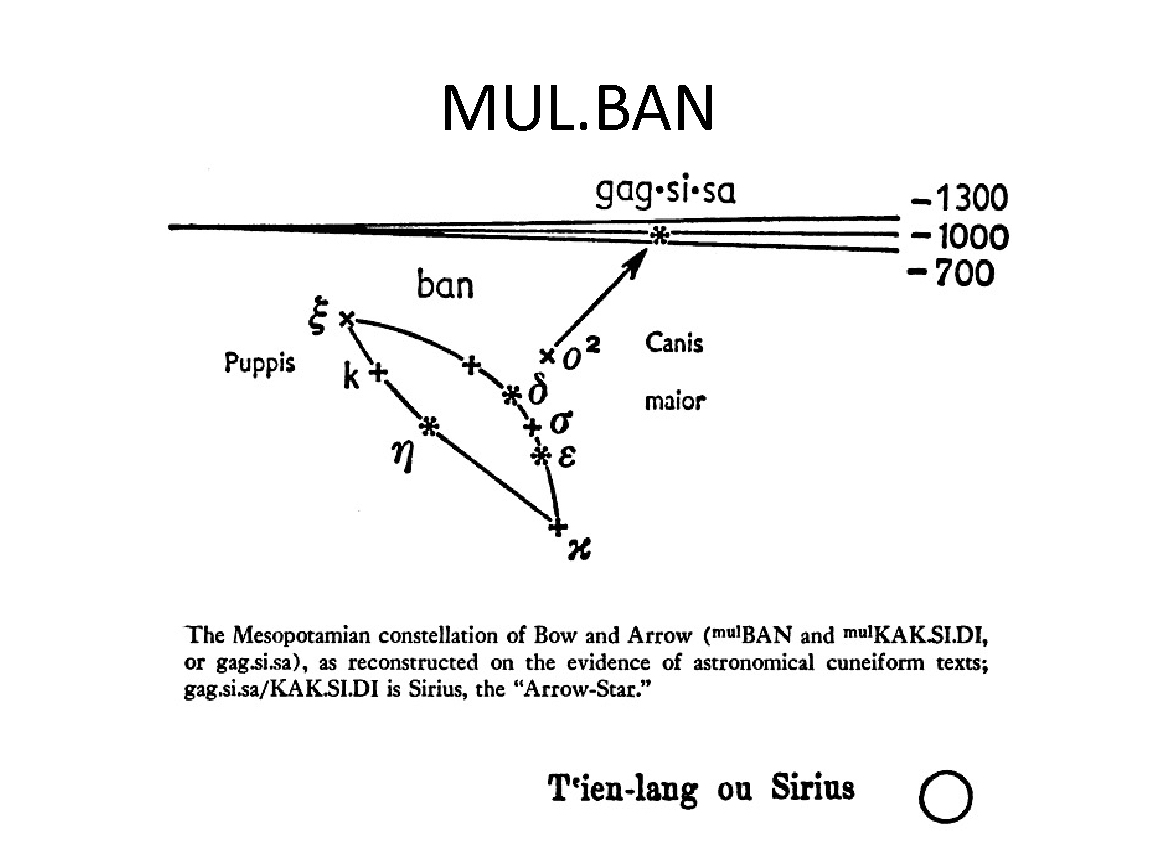Sirius, its mythology and iconography between East and West
Antonio Panaino – University of Bologna
Summary of the Talk
Tištriia, corresponding to Sirius, was the most important single star of the Iranian celestial mythology This divinity was the protagonist of the myth of the liberation of the waters, in which this god fights not only against a terrestrial demon, Apaōša, who blocks the cosmic waters inside a cosmic ocean, but also against the shooting stars, more precisely the “starred-worms” (stārō.kərəmā̊), who were sent by Aŋra Mainiiu against the celestial order. In Zoroastrianism the orderly motion of the fixed stars was associated with the regular course of the natural cycle and with the autumnal return of rains, while the manifestation of shooting stars, also referred to with the name of Pairikā-s, i.e., “witches”, was considered as a clear brake of the cosmic order. The negative role played by the shooting stars was later transferred to the planetary bodies within the Zoroastrian Pahlavi literature. If Tištriia was compared with an arrow, the Vedic god Tiṣya was associated with an archer, while Sirius, in Mesopotamian astronomy, was described as an “arrow”. One can also notice that in later Egypt the god Sirius (Sōthis) seems to have been the target of the arrow shot by the goddess Sathis, while in China, the celestial Emperor shot an arrow against “the Wolf of the Heaven”, i.e., Sirius, Tīan láng;(天狼). This star is close to the quadrant of the constellation of the “Bow and the Arrow” (弧矢 Húshǐ). Thus, the Iranian iconography of the star Sirius was involved in a large net of heavenly images referring to asterisms describing an arrow and a bow. The same etymology of the name of Tištriia-, Sirius (α Canis Majoris), probably linguistically related with Vedic Tiṣya-, comes from *ti-str-ii̯a-s < *tri-str-ii̯a-s < *tri-str-ii̯o-s. This form was built on *tri-str-(o-m) “group of three stars”, i.e., to the “Orion’s Belt” (= δ ε ζ Orionis), which in Indian mythology was a special arrow called iṣus trikāṇdā, “the arrow with three knots”, shot by Tiṣya (or Rudra) against Prajāpati .
Tištriia, corresponding to Sirius, was the most important single star of the Iranian celestial mythology This divinity was the protagonist of the myth of the liberation of the waters, in which this god fights not only against a terrestrial demon, Apaōša, who blocks the cosmic waters inside a cosmic ocean, but also against the shooting stars, more precisely the “starred-worms” (stārō.kərəmā̊), who were sent by Aŋra Mainiiu against the celestial order. In Zoroastrianism the orderly motion of the fixed stars was associated with the regular course of the natural cycle and with the autumnal return of rains, while the manifestation of shooting stars, also referred to with the name of Pairikā-s, i.e., “witches”, was considered as a clear brake of the cosmic order. The negative role played by the shooting stars was later transferred to the planetary bodies within the Zoroastrian Pahlavi literature. If Tištriia was compared with an arrow, the Vedic god Tiṣya was associated with an archer, while Sirius, in Mesopotamian astronomy, was described as an “arrow”. One can also notice that in later Egypt the god Sirius (Sōthis) seems to have been the target of the arrow shot by the goddess Sathis, while in China, the celestial Emperor shot an arrow against “the Wolf of the Heaven”, i.e., Sirius, Tīan láng;(天狼). This star is close to the quadrant of the constellation of the “Bow and the Arrow” (弧矢 Húshǐ). Thus, the Iranian iconography of the star Sirius was involved in a large net of heavenly images referring to asterisms describing an arrow and a bow. The same etymology of the name of Tištriia-, Sirius (α Canis Majoris), probably linguistically related with Vedic Tiṣya-, comes from *ti-str-ii̯a-s < *tri-str-ii̯a-s < *tri-str-ii̯o-s. This form was built on *tri-str-(o-m) “group of three stars”, i.e., to the “Orion’s Belt” (= δ ε ζ Orionis), which in Indian mythology was a special arrow called iṣus trikāṇdā, “the arrow with three knots”, shot by Tiṣya (or Rudra) against Prajāpati .
On this subject, see:
Panaino, Antonio (1990), Tištrya. I. The Avestan Hymn to Sirius (Roma; IsMEO).
Panaino, Antonio (1995), Tištrya. II. The Iranian Myth of the Star Sirius (Roma, IsMEO).
Panaino, Antonio (2015),’The Classification of Astral Bodies in the framework of an Historical Survey of Iranian traditions”, in Uwe Bläsing, Victoria Arakelova and Matthias Weinreich, eds., Studies on Iran and The Caucasus, Festschrift presented to Prof. Dr. Garnik S. Asatrian on the Occasion of his 60th Birthday (Leiden: Brill), 229–244.
Panaino, Antonio (2016), ‘Planets,’ in Encyclopædia Iranica, online edition, available at http://www.iranicaonline.org/articles/planets (accessed on 20 September 2016).
Panaino, Antonio (2019), A Walk through the Iranian Heavens. Spherical and Non-Spherical Cosmographic Models in the Imagination of Ancient Iran and Its Neighbours (Irvine: Jordan Center for Persian Studies; reprint Leiden: Brill).

See Sirius and its constellation in the celestial map of Dunhuang:
This chart, drawn on a long paper scroll, was found in Buddhist caves near Dunhuang on the Silk Road trade route. The caves had been sealed around AD 1000 and were not rediscovered by local people until 1900. The Dunhuang star chart is drawn with brush and ink on a roll of paper 3.9 meters long and some 24 cm wide. The first third of the scroll is taken up with cloud shapes and their supposed meanings, a reminder that the Chinese observed the sky for the purpose of divination rather than pure science. The section of specific astronomical interest, shown above, is 2.1 meters long. It consists of 12 panels corresponding to the 12 months of the year, with vertical lines of descriptive text to the left of each panel, plus a north polar chart. Hence it can be thought of as not simply a chart but a complete atlas consisting of 13 plates. The scroll ends with the depiction of an archer, thought to represent the god of lightning.

